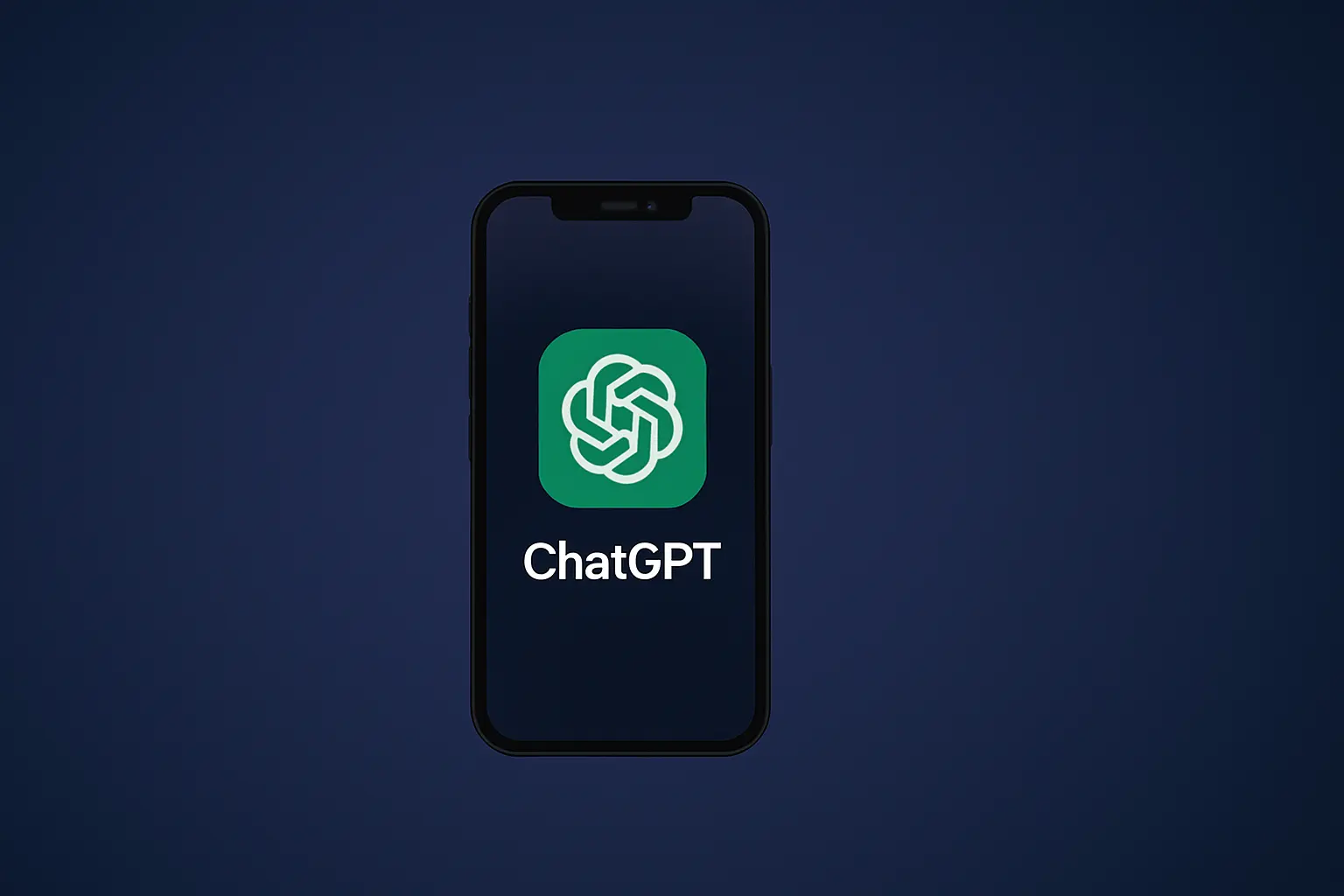Since its launch, ChatGPT Mobile has been one of the most downloaded productivity and AI-powered apps worldwide. With millions of users across iOS and Android, the app has become a daily assistant for writing, learning, coding, and even managing personal schedules. In 2025, OpenAI continues to refine the experience, introducing new features that make ChatGPT Mobile not just a chatbot but a powerful companion that redefines mobile productivity.
One of the most anticipated upgrades in 2025 is the integration of GPT-5 with multimodal capabilities. While previous versions of ChatGPT Mobile allowed text and voice input, the new release adds image understanding and real-time audio interaction. This means users can take a picture of a document, a sign in a foreign language, or even a math problem, and ChatGPT instantly interprets and explains it. According to TechCrunch, this multimodal leap transforms the app from a conversational assistant into a true all-in-one mobile AI platform.
Another new feature is offline functionality. Until now, ChatGPT Mobile required an internet connection for nearly all tasks. In 2025, OpenAI has rolled out an offline mode for select functions, allowing users to run basic queries, generate drafts, and even translate short texts without connectivity. As The Verge notes, this is particularly valuable for travelers and professionals who rely on the app in areas with poor signal coverage.
Personalization also takes a big step forward. ChatGPT Mobile now allows users to create custom AI profiles tailored to specific tasks—such as a writing coach, coding tutor, or business assistant. These profiles save preferences, tone of voice, and context across sessions, so the assistant feels more consistent and relevant over time. For example, a student can build a “Study Mode” profile for exam preparation, while a marketer might use a “Creative Copywriter” profile for campaigns.
In 2025, ChatGPT Mobile also deepens its integration with productivity ecosystems. On iOS, it now works seamlessly with Shortcuts and Siri, allowing users to set up custom voice commands that trigger ChatGPT responses. On Android, it integrates directly into Google Assistant, making it possible to combine AI queries with system actions. This means you can ask ChatGPT to draft an email and send it automatically through Gmail, or request a trip plan that is instantly saved into your Google Calendar.
Security and privacy remain central to the 2025 update. OpenAI has introduced end-to-end encryption for personal conversations and improved controls over stored chat history. Users can now set expiration timers for chats, ensuring that sensitive information does not remain accessible indefinitely. These upgrades align with increasing global regulations around data usage and privacy.
Another exciting addition is voice cloning for accessibility and personalization. Users can train ChatGPT Mobile to respond with a synthesized version of their own voice or select from a range of natural AI voices. This opens up new possibilities for storytelling, presentations, and accessibility for people with speech impairments.
For enterprise users, ChatGPT Mobile in 2025 integrates with Microsoft Copilot and Slack, bridging the gap between personal productivity and team collaboration. Teams can draft reports, summarize meetings, and generate presentations directly from their mobile devices, making the app a critical part of hybrid and remote work setups.
The app is also expanding into education and learning tools. ChatGPT Mobile now features a “Study Assistant” mode that combines interactive quizzes, flashcards, and explanations tailored to a user’s curriculum. As EdTech Magazine points out, this positions ChatGPT Mobile as both a productivity app and an educational platform.
Looking forward, OpenAI is expected to continue refining the app with even deeper AI memory across devices. This means that preferences set on the desktop version of ChatGPT will carry over seamlessly to mobile, creating a unified experience. Some analysts even predict integration with wearable devices, making ChatGPT available in AR glasses or smartwatches by late 2025.
In conclusion, the new features of ChatGPT Mobile in 2025 underline the app’s transformation from a simple chatbot into a core productivity hub. With multimodal support, offline access, personalization, enterprise integration, and advanced privacy controls, ChatGPT Mobile is no longer just an assistant—it’s becoming an essential mobile tool for students, professionals, and businesses alike.
👉 For more coverage of AI-powered apps, explore our Apps section.
👉 To see comparisons with other productivity tools, check our Reviews
